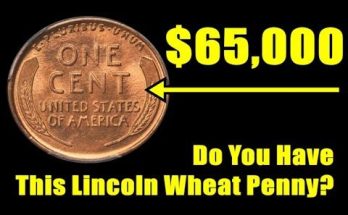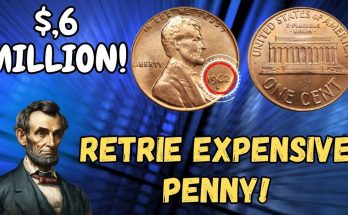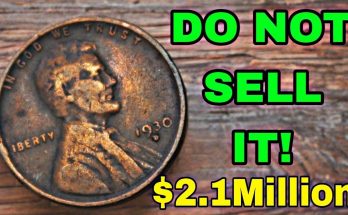The Kennedy half-dollar is a coin that transcends its monetary value, embodying a powerful connection to American history. Introduced as a memorial to President John F. Kennedy after his tragic assassination in 1963, this iconic coin has captivated collectors and history enthusiasts alike. Its unique design and historical significance make it a cornerstone of numismatics.
A Historical Tribute
After the assassination of President Kennedy on November 22, 1963, the nation sought a meaningful way to honor its fallen leader. In just a few months, the Kennedy half-dollar was designed and introduced in 1964, symbolizing unity and remembrance.
Unlike many commemorative coins reserved for special editions, the Kennedy half-dollar entered widespread circulation, allowing every American to hold a piece of this legacy.
Symbolic Design Features
The Kennedy half-dollar’s design is rich with meaning, reflecting President Kennedy’s vision and the nation’s enduring values.
Obverse: Kennedy’s Profile
The obverse of the coin features a dignified profile of President Kennedy, accompanied by the inscriptions:
- “Liberty”: Representing America’s foundational ideals.
- “In God We Trust”: Highlighting the country’s faith-based values.
Reverse: The Presidential Seal
The reverse side displays the Presidential Seal, which carries profound symbolism:
- An eagle clutching an olive branch (peace) in one talon and arrows (defense) in the other.
- Encircling the seal is the phrase “E Pluribus Unum” (“Out of Many, One”), emphasizing national unity.
Together, these elements create a design that is both visually stunning and deeply meaningful.
The Evolution of Silver Content
The Kennedy half-dollar underwent significant changes in its composition over time, affecting its desirability among collectors.
| Year | Silver Content | Significance |
|---|---|---|
| 1964 | 90% Silver | The inaugural release, highly valuable. |
| 1965–1970 | 40% Silver | Reduced silver content to cut costs. |
| 1971–Present | Copper-Nickel Clad | Transition to a cost-effective material. |
The 1964 Edition: A Collector’s Dream
The 1964 Kennedy half-dollar, with its 90% silver composition, remains the most sought-after version. Its high silver content and historical significance make it a valuable asset. Pristine examples from this year have fetched as much as $15,000 at auctions.
What Makes a Kennedy Half-Dollar Valuable?
Not all Kennedy half-dollars are created equal. Their rarity, condition, and historical significance are the key factors that influence their value.
- Year of Minting: Coins from 1964 to 1970 with higher silver content are more valuable.
- Condition: Well-preserved coins with minimal wear command higher prices.
- Historical Significance: The Kennedy connection adds emotional and historical worth.
Value by Era
- 1964 Kennedy Half-Dollar: Can sell for up to $15,000 in mint condition.
- 1965–1970 Silver Coins: Often valued higher than face value, though not as high as the 1964 edition.
- Post-1971 Coins: Typically worth a few dollars, depending on condition.
Enduring Appeal
Decades after its release, the Kennedy half-dollar continues to resonate with collectors and historians. Its striking design, evolving composition, and deep connection to American history make it a timeless piece. Owning a 1964 Kennedy half-dollar is more than a financial investment—it’s a piece of legacy that captures the spirit of a transformative era in the United States.






